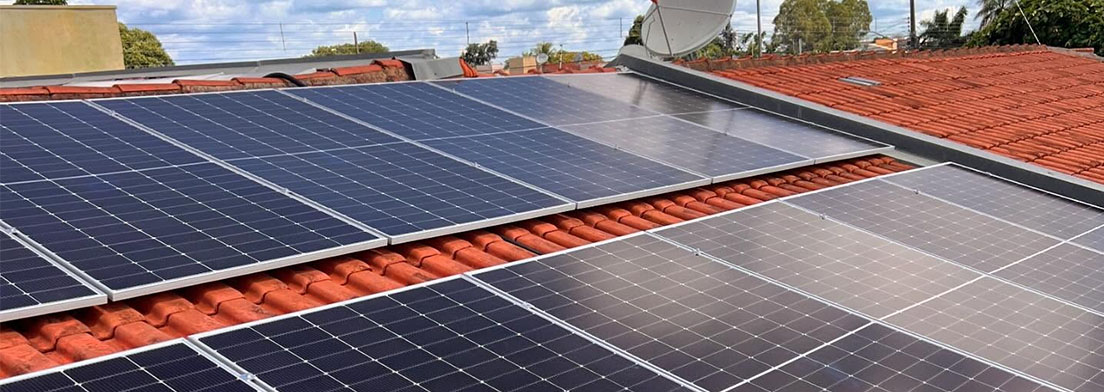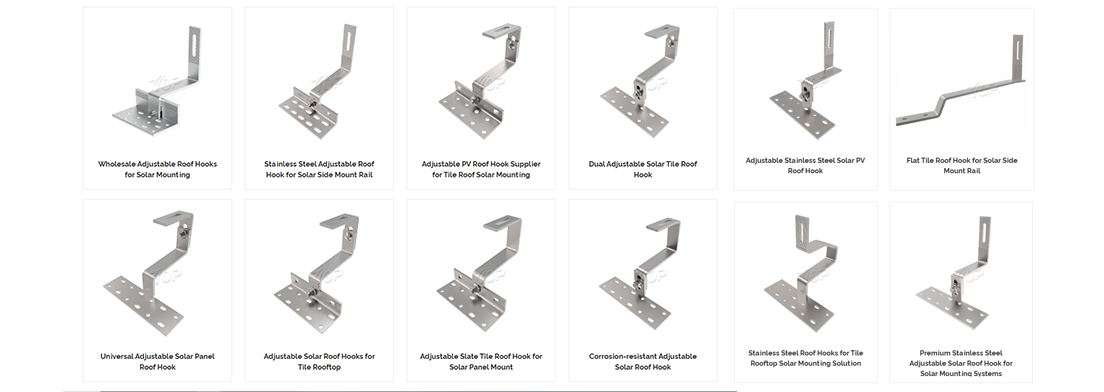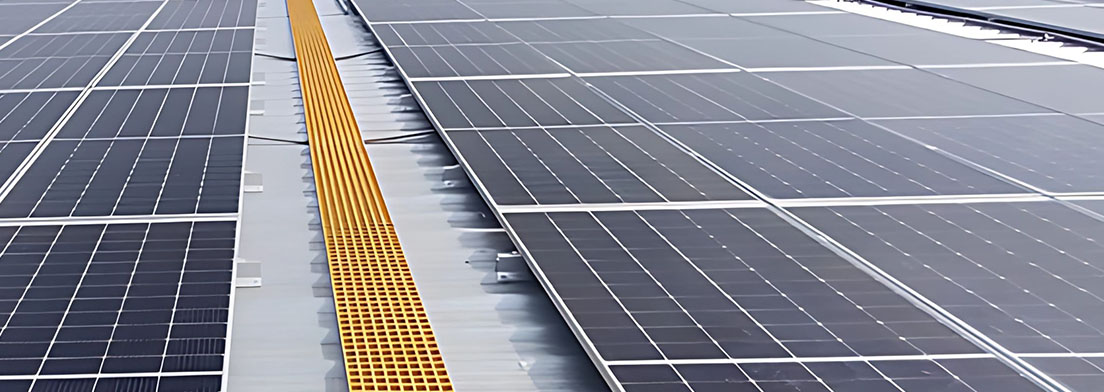Installing solar panels on metal roofs is becoming increasingly popular due to the roof's durability and the ability to secure mounting systems easily. However, like any installation process, mounting solar systems on metal roofs comes with its own set of challenges. While metal roofs offer excellent longevity and strength, specific installation issues must be addressed to ensure the solar mounting system performs optimally and lasts for years.
In this blog post, we'll explore some of the most common challenges associated with installing solar roof mounting systems on metal roofs and how to address them effectively.
Ensuring Proper Roof Penetration
One of the primary challenges in installing solar mounting kits for metal roofs is ensuring the right roof penetration. Metal roofs are designed to be weatherproof, so drilling holes or making penetrations can potentially compromise the integrity of the roof. This is especially true if the solar panel mounting brackets aren’t properly sealed after installation.
To address this challenge, it’s crucial to use specialized roof hooks or penetrating fasteners that are designed to seal and protect the roof from leaks. Using high-quality seals around penetrations is also key to preventing future water damage.
Dealing with Different Roof Profiles
Metal roofs come in various profiles, such as standing seam, corrugated, or ribbed designs, which can pose difficulties for solar panel mounting systems. Each profile type requires a different mounting system, and if the wrong mounting solution is used, the panels may not be securely fixed.
The challenge here is choosing the right solar roof mounting hardware that’s compatible with the specific metal roof profile. Some mounting solutions are designed to clamp onto the seams of standing seam roofs, while others may require custom brackets for corrugated or ribbed metal roofs.
Achieving Proper Alignment and Angling of Panels
Ensuring that the solar panel mounting system is installed at the correct angle is essential for maximizing solar energy production. However, the process of aligning solar panels on a metal roof can be more difficult due to the uneven surface of the roof, especially if the roof is not perfectly flat or has significant slopes.
To overcome this challenge, it’s important to use adjustable solar rails and angle brackets that can help position the panels at the optimal tilt angle. This not only improves energy efficiency but also ensures the durability of the mounting system over time.
Preventing Corrosion and Rust
Metal roofs, while durable, can be prone to corrosion over time, especially when exposed to moisture and weathering. The solar panel mounting brackets and fasteners used in metal roof systems are vulnerable to rust, which can degrade the structural integrity of the system and compromise its performance.
The solution here is to use corrosion-resistant materials, such as stainless steel or galvanized aluminum, in your mounting system. These materials help prevent rusting and prolong the life of the solar roof support system. Additionally, ensuring that all exposed metal parts are coated with protective layers or treated with anti-corrosion solutions can reduce the risk of rust formation.
Managing Roof Load Distribution
Metal roofs are strong, but they also need to be able to distribute the weight of the solar mounting system and solar panels evenly. Improper load distribution can cause sagging or damage to the roof over time. It’s essential to make sure that the mounting points are properly spaced, and the weight of the system is spread across the roof in a way that avoids excessive pressure on any single area.
Using spaced mounting rails and distributing the weight of the panels across several roof mounting points helps to minimize the stress placed on the roof structure. Proper planning during installation ensures that the system remains stable and avoids compromising the roof's integrity.
Wind Resistance and Stability
One of the most significant challenges in installing a solar panel mounting system for metal roofs is ensuring the panels are securely anchored to withstand high winds. Metal roofs are often more exposed to wind forces, and if the mounting system is not robust enough, the panels may become loose or detached during severe weather conditions.
To mitigate this risk, it’s crucial to use wind-resistant solar panel mounting solutions designed for metal roofs. These systems often include additional fasteners, stabilizing components, and wind deflectors that ensure the panels remain securely anchored even in the face of high wind speeds.
Cost and Time of Installation
Installing a solar roof mounting system on a metal roof can be more complex and time-consuming than on traditional roofing types. The labor involved in ensuring proper installation, choosing the right materials, and addressing specific roof challenges often leads to increased costs.
To reduce both time and cost, it’s important to work with experienced installers who understand the nuances of mounting solar panels on metal roofs. Additionally, selecting pre-assembled solar mounting kits can streamline the process and reduce labor costs associated with installation.
Conclusion
While installing solar mounting systems on metal roofs offers many advantages, such as durability and strength, there are several challenges to consider. By addressing issues like roof penetration, alignment, corrosion, and load distribution, you can ensure that the installation is successful and that your system operates efficiently for years to come.
Using the right materials, proper mounting techniques, and working with experienced professionals can help mitigate these challenges and maximize the performance of your solar energy system. If you’re planning to install a solar system on a metal roof, make sure to carefully consider all aspects of the installation process to avoid costly mistakes and ensure long-term efficiency.















